Home>Home Appliances>Kitchen Appliances>How To Clean Hard Water From An Electric Kettle
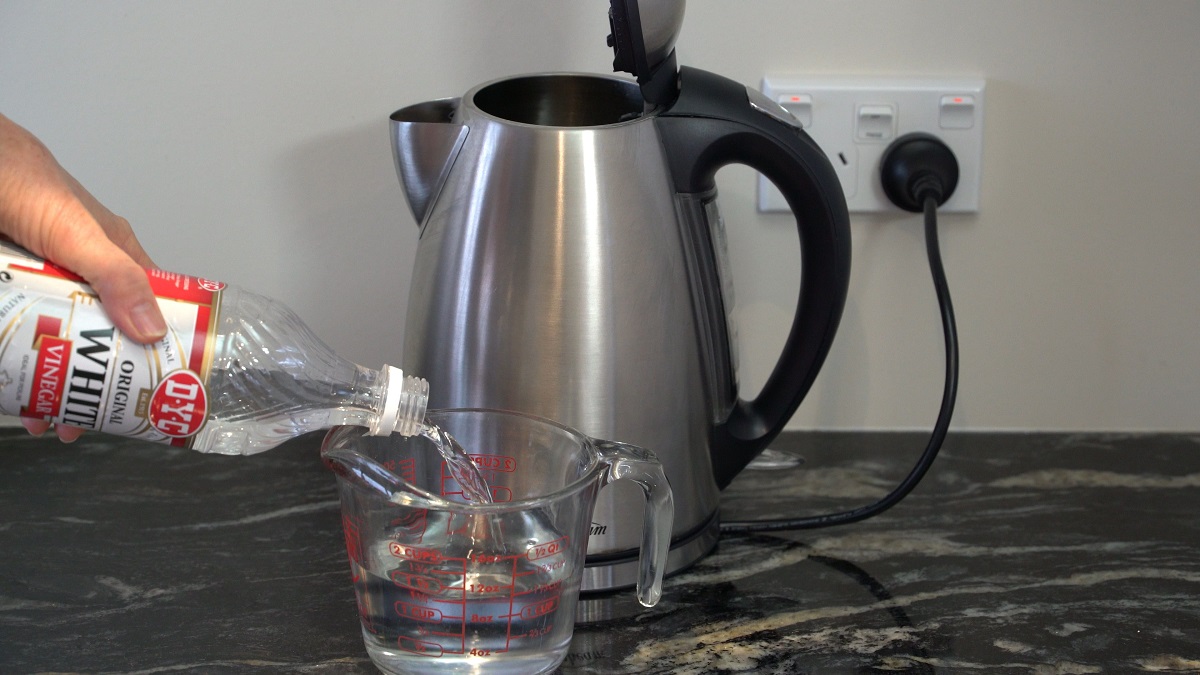

Kitchen Appliances
How To Clean Hard Water From An Electric Kettle
Modified: April 22, 2024
Learn how to effectively remove hard water buildup from your electric kettle with our expert tips. Keep your kitchen appliances in top condition!
(Many of the links in this article redirect to a specific reviewed product. Your purchase of these products through affiliate links helps to generate commission for Storables.com, at no extra cost. Learn more)
Introduction
Welcome to the wonderful world of electric kettles! These handy kitchen appliances have revolutionized the way we prepare hot beverages, offering convenience and efficiency at the touch of a button. Whether you're brewing a comforting cup of tea or whipping up a quick batch of instant soup, electric kettles have become an indispensable part of modern kitchens.
However, the convenience of electric kettles can be compromised when they are plagued by the pesky issue of hard water buildup. If you've noticed unsightly white or brown deposits accumulating inside your kettle, fear not – this article will guide you through the process of effectively removing hard water stains and restoring your electric kettle to its pristine condition.
In this comprehensive guide, we will delve into the impact of hard water on electric kettles, explore the materials needed for cleaning, and provide a step-by-step walkthrough to banishing hard water stains. Additionally, we'll share valuable tips for maintaining your electric kettle to prevent future buildup, ensuring that you can continue to enjoy your favorite hot beverages without the interference of mineral deposits.
So, grab your cleaning supplies and get ready to bid farewell to those stubborn hard water stains. With a little know-how and a touch of elbow grease, you'll soon have your electric kettle looking as good as new!
Key Takeaways:
- Say goodbye to hard water stains in your electric kettle by using vinegar, water, and baking soda to restore its pristine condition. Regular maintenance can prevent future buildup and keep your kettle sparkling clean.
- Hard water can leave unsightly stains and affect the taste of your beverages. Combat limescale with vinegar and baking soda, and maintain your kettle to enjoy delicious, mineral-free hot drinks.
Read more: How To Clean Hard Water Stains From Toilet
Understanding Hard Water
Before diving into the process of cleaning hard water stains from your electric kettle, it’s essential to understand what hard water is and how it differs from its counterpart, soft water. Hard water contains a high concentration of minerals, primarily calcium and magnesium, which it absorbs as it percolates through the earth. These minerals are not harmful to human health, but they can wreak havoc on household appliances, including electric kettles.
When hard water is heated, either on the stovetop or in an electric kettle, the minerals within it form insoluble deposits, commonly known as limescale. These deposits manifest as white or brownish stains on the interior of the kettle, and they can be particularly stubborn to remove. Not only are hard water stains unsightly, but they can also affect the performance of the kettle, leading to longer boiling times and potentially altering the taste of the water.
In contrast, soft water contains fewer minerals, making it less prone to forming limescale. If you live in an area with hard water, you’re likely familiar with the challenges it presents in maintaining household appliances. Fortunately, with the right cleaning methods, you can effectively combat the effects of hard water and prolong the lifespan of your electric kettle.
By recognizing the characteristics of hard water and its impact on electric kettles, you can take proactive steps to ensure that your appliance remains in optimal condition. With this knowledge in hand, you’re ready to tackle the task of removing hard water stains and restoring your electric kettle to its former glory.
The Impact of Hard Water on Electric Kettles
Hard water can exert a range of detrimental effects on electric kettles, posing challenges that compromise both their appearance and functionality. The accumulation of limescale, a direct consequence of heating hard water, is the primary culprit behind these issues.
First and foremost, hard water stains mar the aesthetic appeal of electric kettles, detracting from their sleek, polished appearance. These unsightly deposits not only diminish the visual appeal of the kettle but also create an impression of neglect and poor maintenance. As a result, the overall presentation of the appliance is compromised, detracting from the enjoyment of using it.
Beyond cosmetic concerns, the presence of limescale can impede the performance of electric kettles. The buildup of mineral deposits insulates the heating element, diminishing its efficiency and prolonging the time required to bring water to a boil. This not only leads to frustration due to longer waiting times but also contributes to increased energy consumption, as the kettle must work harder to overcome the insulating layer of limescale.
Furthermore, the presence of hard water stains can impart an unpleasant taste and odor to the water boiled in the kettle. The minerals present in the limescale can alter the composition of the water, resulting in a noticeable difference in flavor. This can be particularly off-putting when preparing delicate beverages such as herbal teas or coffee, where the purity of the water is crucial to achieving the desired taste.
In addition to affecting the kettle itself, the accumulation of limescale can also result in mineral deposits being inadvertently transferred to the beverages being prepared. This can taint the flavor and appearance of the drinks, diminishing the overall drinking experience.
By understanding the impact of hard water on electric kettles, it becomes clear that addressing limescale buildup is crucial to maintaining the functionality, appearance, and performance of these indispensable kitchen appliances. With a proactive approach to cleaning and maintenance, it is possible to mitigate the adverse effects of hard water and preserve the optimal operation of electric kettles.
Materials Needed for Cleaning
Preparing for the task of cleaning hard water stains from your electric kettle requires a few simple yet effective materials. These items are readily available and are essential for achieving a thorough and successful cleaning process. With the right materials at your disposal, you’ll be well-equipped to tackle the challenge of removing limescale and restoring your electric kettle to its pristine condition.
- Vinegar: White vinegar is a versatile and powerful cleaning agent that is highly effective in dissolving mineral deposits. Its acidic nature makes it ideal for tackling limescale buildup inside the kettle.
- Water: Distilled or filtered water is recommended for the cleaning process to ensure that no additional minerals are introduced into the kettle during the cleaning cycle.
- Baking Soda: This kitchen staple serves as a gentle abrasive agent, aiding in the removal of stubborn stains and residue from the interior of the kettle.
- Cloth or Sponge: A soft cloth or non-abrasive sponge is essential for wiping and scrubbing the interior and exterior surfaces of the kettle, facilitating the removal of loosened deposits.
- Cotton Swabs: These are useful for reaching and cleaning smaller or hard-to-access areas within the kettle, ensuring a thorough cleaning process.
- Microfiber Towel: A microfiber towel is ideal for drying and polishing the kettle after cleaning, leaving it gleaming and free of water spots.
By assembling these materials, you’ll be well-prepared to embark on the cleaning journey and bid farewell to those stubborn hard water stains. With the combined power of vinegar, baking soda, and a few basic cleaning tools, you can restore your electric kettle to its former glory and ensure that it continues to serve you well in the preparation of your favorite hot beverages.
Fill the kettle with equal parts water and vinegar, let it sit for an hour, then boil the solution. After boiling, let it cool, then rinse the kettle thoroughly. Repeat if necessary.
Step-by-Step Guide to Cleaning
Embarking on the task of cleaning hard water stains from your electric kettle is a straightforward process that yields rewarding results. By following this step-by-step guide, you’ll effectively remove limescale and restore your kettle to its optimal condition, ensuring that it continues to provide you with piping hot water for your favorite beverages.
- Prepare the Cleaning Solution: Begin by creating a cleaning solution using equal parts of white vinegar and water. For example, a 1:1 ratio of vinegar to water is suitable for this purpose.
- Add the Cleaning Solution: Pour the prepared vinegar and water solution into the kettle, ensuring that it adequately covers the areas affected by hard water stains. If necessary, adjust the quantity of the solution based on the extent of limescale buildup.
- Add Baking Soda (Optional): For enhanced cleaning power, you can add a tablespoon of baking soda to the vinegar and water solution. This addition can help to further loosen and dissolve stubborn mineral deposits.
- Boil the Solution: Place the kettle on its base and bring the vinegar and water solution to a boil. Allow it to boil for several minutes, allowing the acidic properties of the vinegar to effectively break down the limescale inside the kettle.
- Let the Solution Sit: After boiling, turn off the kettle and allow the cleaning solution to sit inside for at least 15-20 minutes. This will give the solution ample time to work its magic on the hard water stains.
- Scrub the Interior: Using a soft cloth or sponge, gently scrub the interior of the kettle to dislodge and remove the loosened limescale deposits. For hard-to-reach areas, cotton swabs can be used to ensure thorough cleaning.
- Rinse and Dry: Once the interior is thoroughly scrubbed, pour out the cleaning solution and rinse the kettle with fresh water multiple times to remove any residual vinegar or baking soda. Finally, dry the kettle with a microfiber towel to prevent water spots and leave it gleaming.
Following these steps will effectively remove hard water stains from your electric kettle, restoring its appearance and functionality. With a little effort and the right cleaning materials, you can bid farewell to limescale and ensure that your kettle continues to serve you well in the preparation of your favorite hot beverages.
Additional Tips for Maintenance
Once you’ve successfully removed hard water stains from your electric kettle, it’s essential to implement proactive measures to prevent the recurrence of limescale buildup and maintain the appliance in optimal condition. By incorporating these additional tips into your regular maintenance routine, you can prolong the lifespan of your electric kettle and ensure consistent performance.
- Regular Descaling: To prevent the accumulation of limescale, consider descaling your electric kettle on a regular basis, especially if you live in an area with hard water. Depending on usage and water hardness, descaling every 1-2 months is generally recommended.
- Use Filtered Water: Whenever possible, use filtered or distilled water in your electric kettle. This can help minimize the introduction of additional minerals that contribute to limescale buildup.
- Avoid Overfilling: Refrain from overfilling the kettle beyond its maximum capacity, as this can lead to spillage and the accumulation of mineral deposits on the exterior of the appliance.
- Empty the Kettle After Use: Once you’ve boiled water, empty the kettle promptly rather than allowing water to sit inside for prolonged periods. This simple practice can help mitigate the formation of limescale.
- Wipe the Exterior: Regularly wipe the exterior of the kettle with a damp cloth to remove any water spots or mineral residue, maintaining its visual appeal and cleanliness.
- Inspect the Spout and Lid: Periodically check the spout and lid for any mineral buildup, and clean these areas as needed to ensure unobstructed water flow and optimal functionality.
By incorporating these maintenance tips into your routine, you can proactively combat the effects of hard water and preserve the condition of your electric kettle. With regular descaling, mindful water usage, and diligent cleaning practices, you can enjoy the convenience and efficiency of your electric kettle without the interference of unsightly limescale deposits.
Conclusion
Congratulations on successfully navigating the process of cleaning hard water stains from your electric kettle! By understanding the impact of hard water, assembling the necessary materials, and following a systematic cleaning approach, you’ve effectively banished limescale and restored your kettle to its former glory. With the additional maintenance tips at your disposal, you’re well-equipped to maintain the optimal condition of your electric kettle and ensure its continued performance.
As you savor the satisfaction of a sparkling clean electric kettle, it’s important to recognize the transformative power of proactive maintenance and the impact it has on the longevity of household appliances. By implementing regular descaling, mindful water usage, and diligent cleaning practices, you can mitigate the effects of hard water and preserve the functionality and appearance of your kettle.
With these valuable insights and practical tips, you’re empowered to enjoy the convenience and efficiency of your electric kettle without the interference of unsightly limescale deposits. Whether you’re brewing a soothing cup of tea, preparing instant coffee, or whipping up a quick bowl of oatmeal, your electric kettle stands ready to serve you with pristine, mineral-free water.
So, raise a toast to your gleaming electric kettle and the delightful beverages it prepares. With your newfound knowledge and proactive approach to maintenance, you can continue to relish the comforts of home and the simple joy of a perfectly brewed cup of your favorite hot beverage. Here’s to many more moments of warmth and indulgence, courtesy of your impeccably maintained electric kettle!
Frequently Asked Questions about How To Clean Hard Water From An Electric Kettle
Was this page helpful?
At Storables.com, we guarantee accurate and reliable information. Our content, validated by Expert Board Contributors, is crafted following stringent Editorial Policies. We're committed to providing you with well-researched, expert-backed insights for all your informational needs.
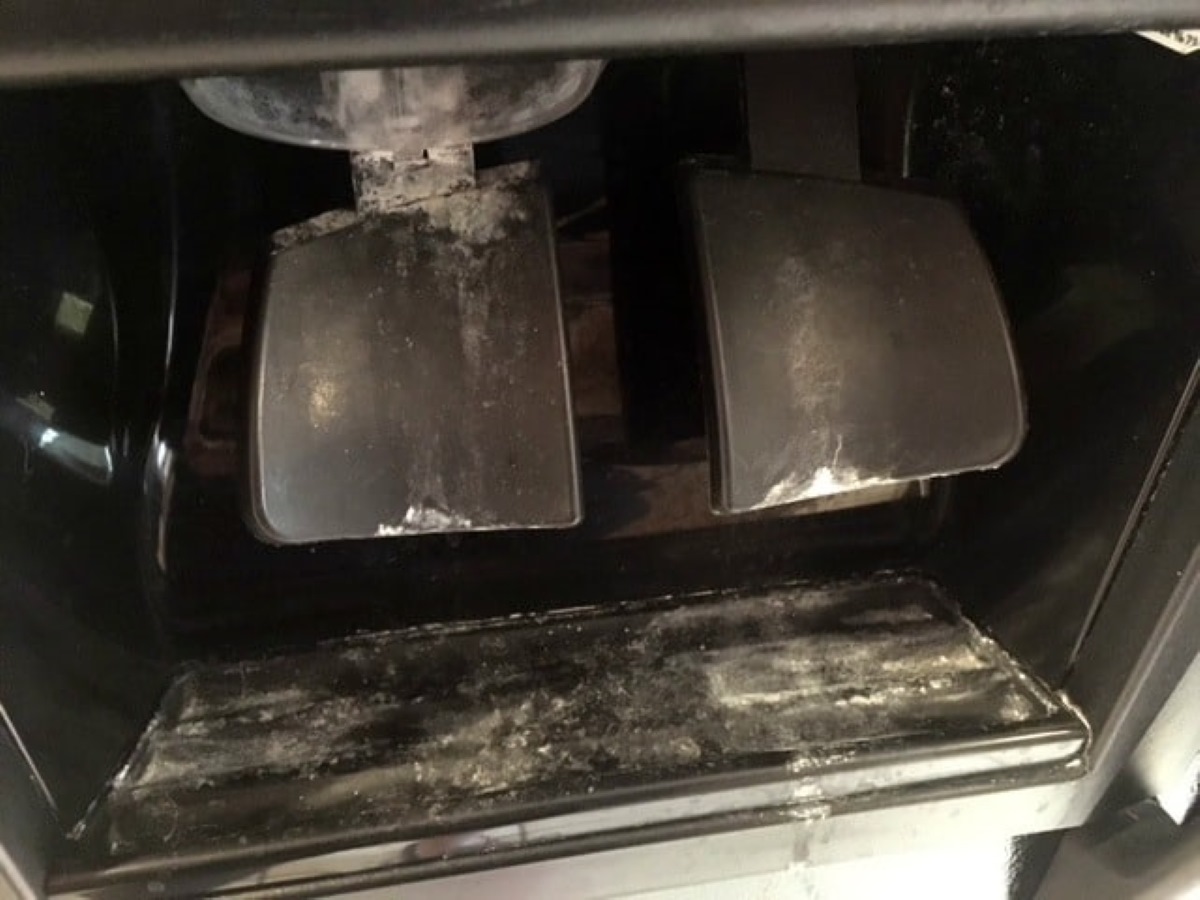
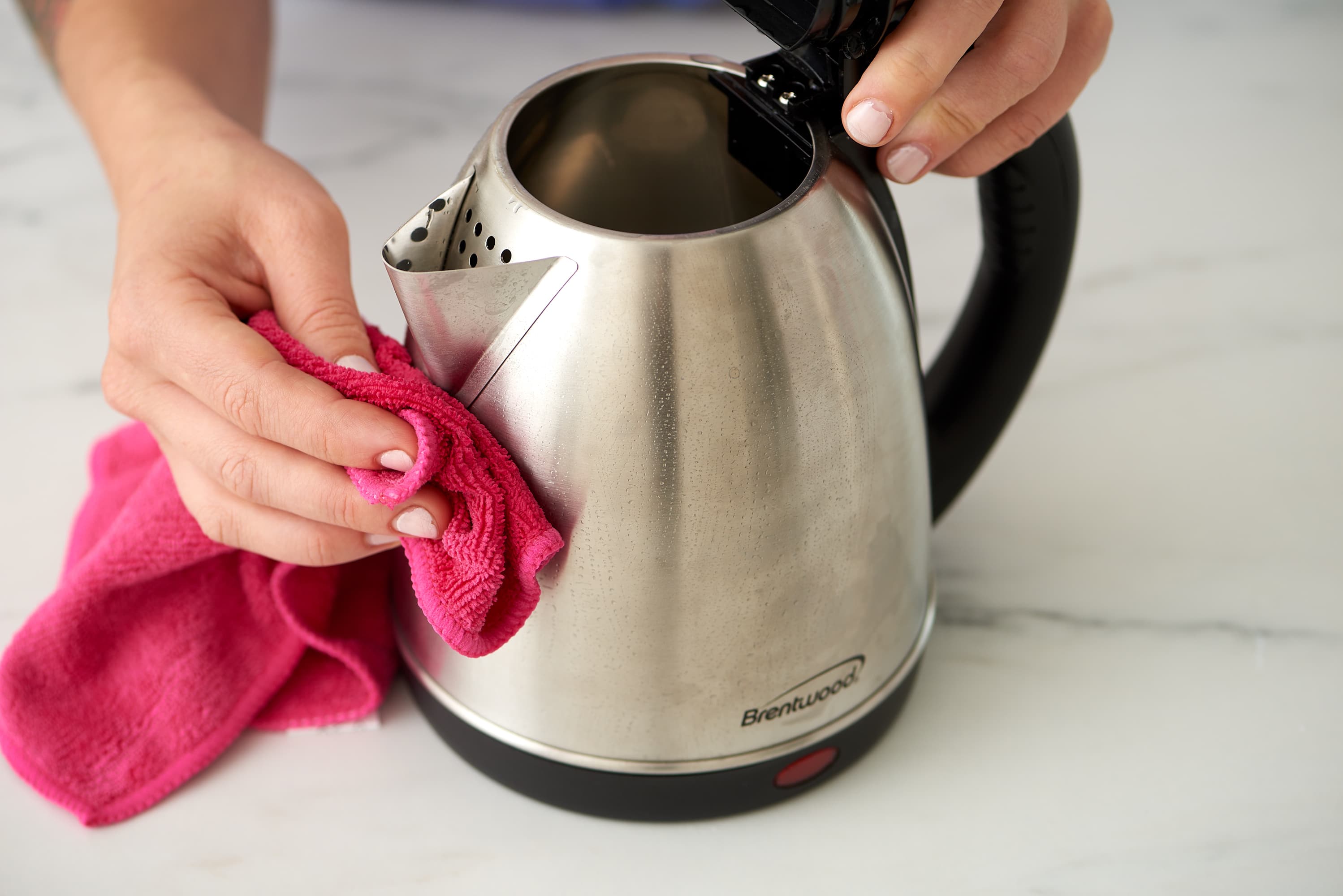
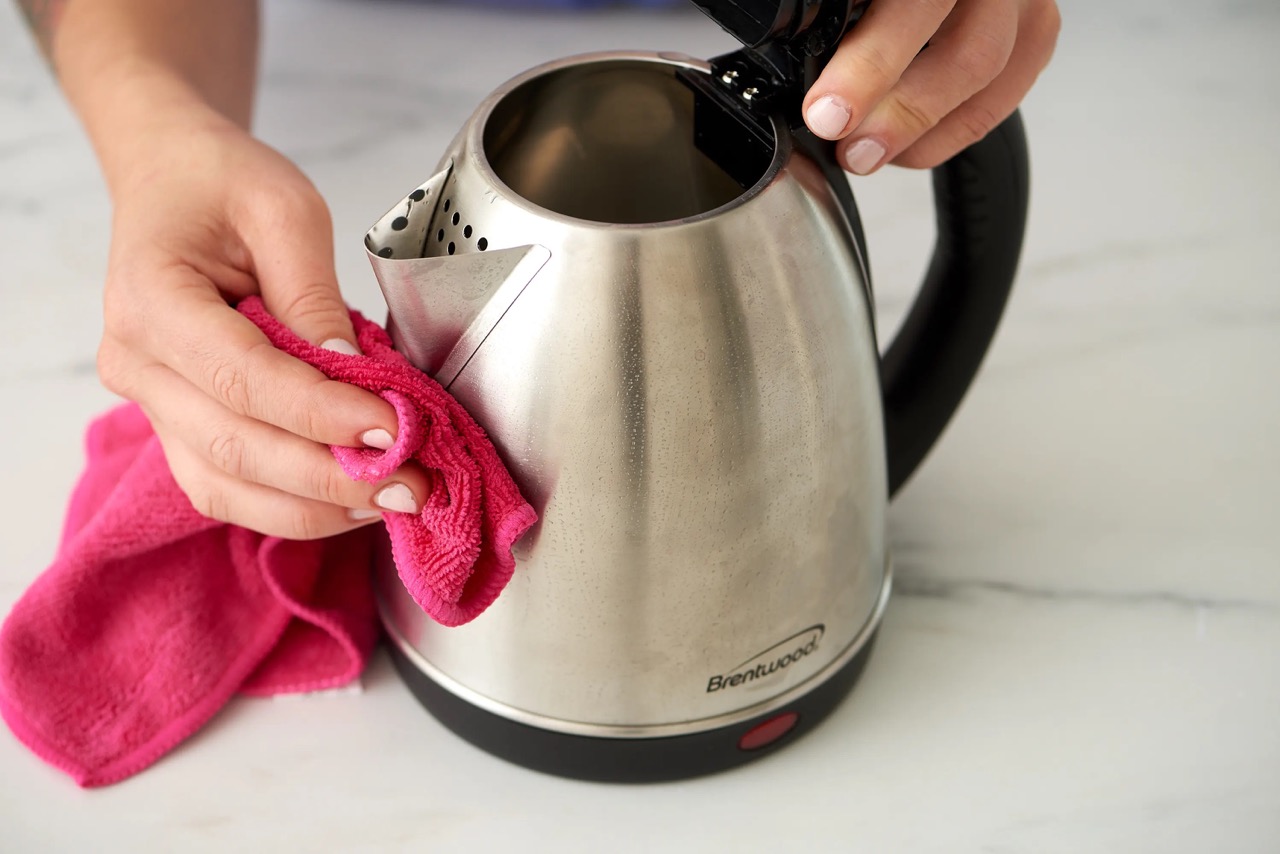
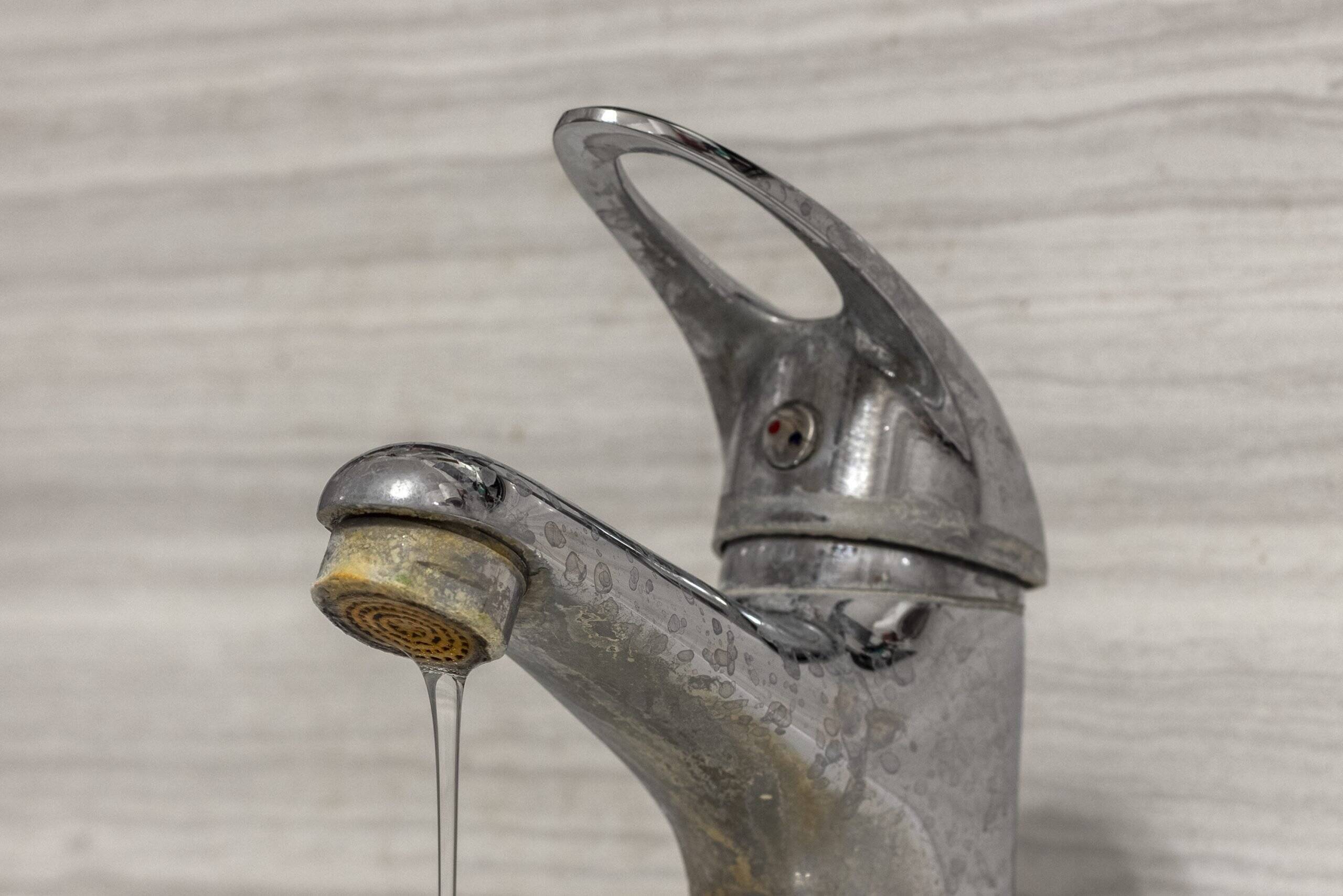
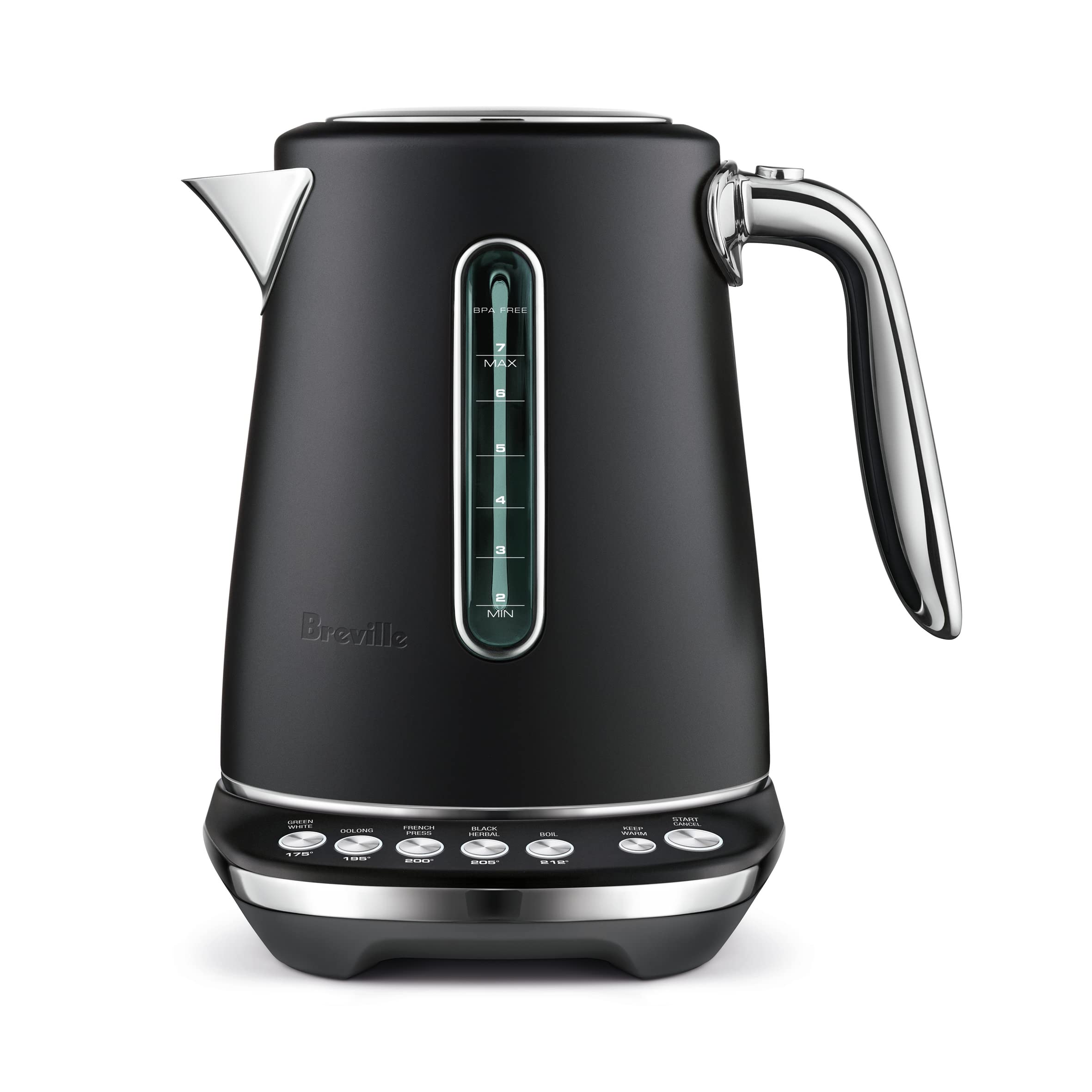
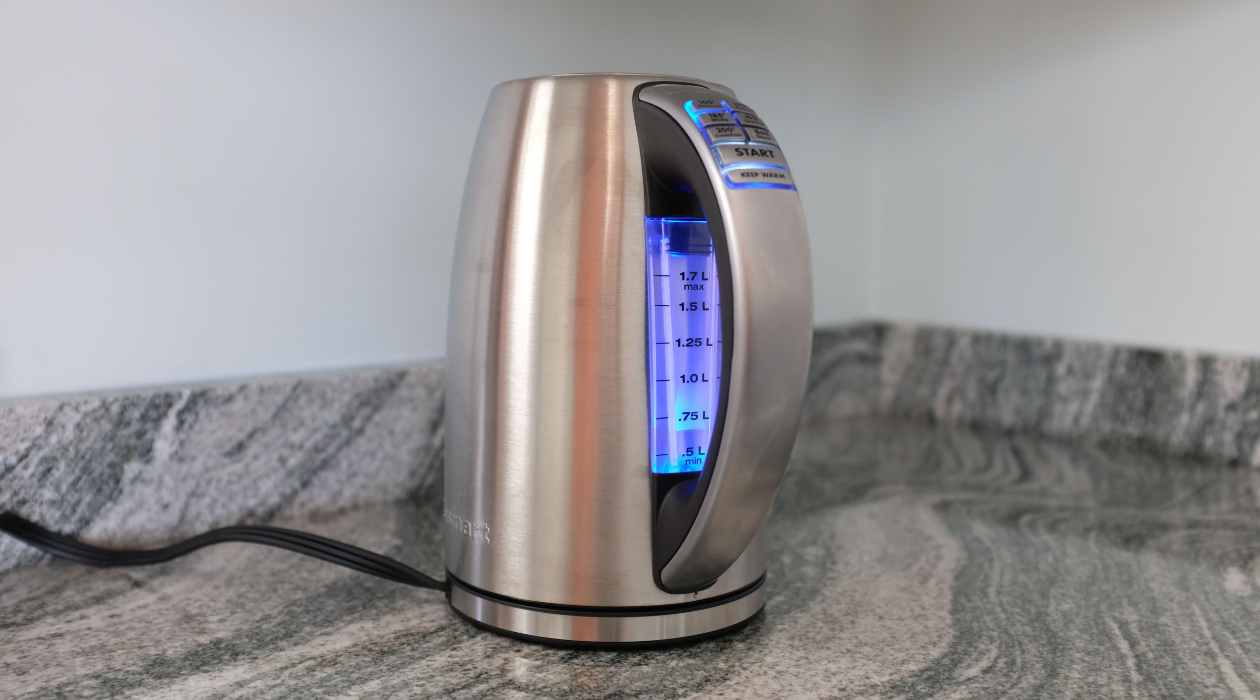
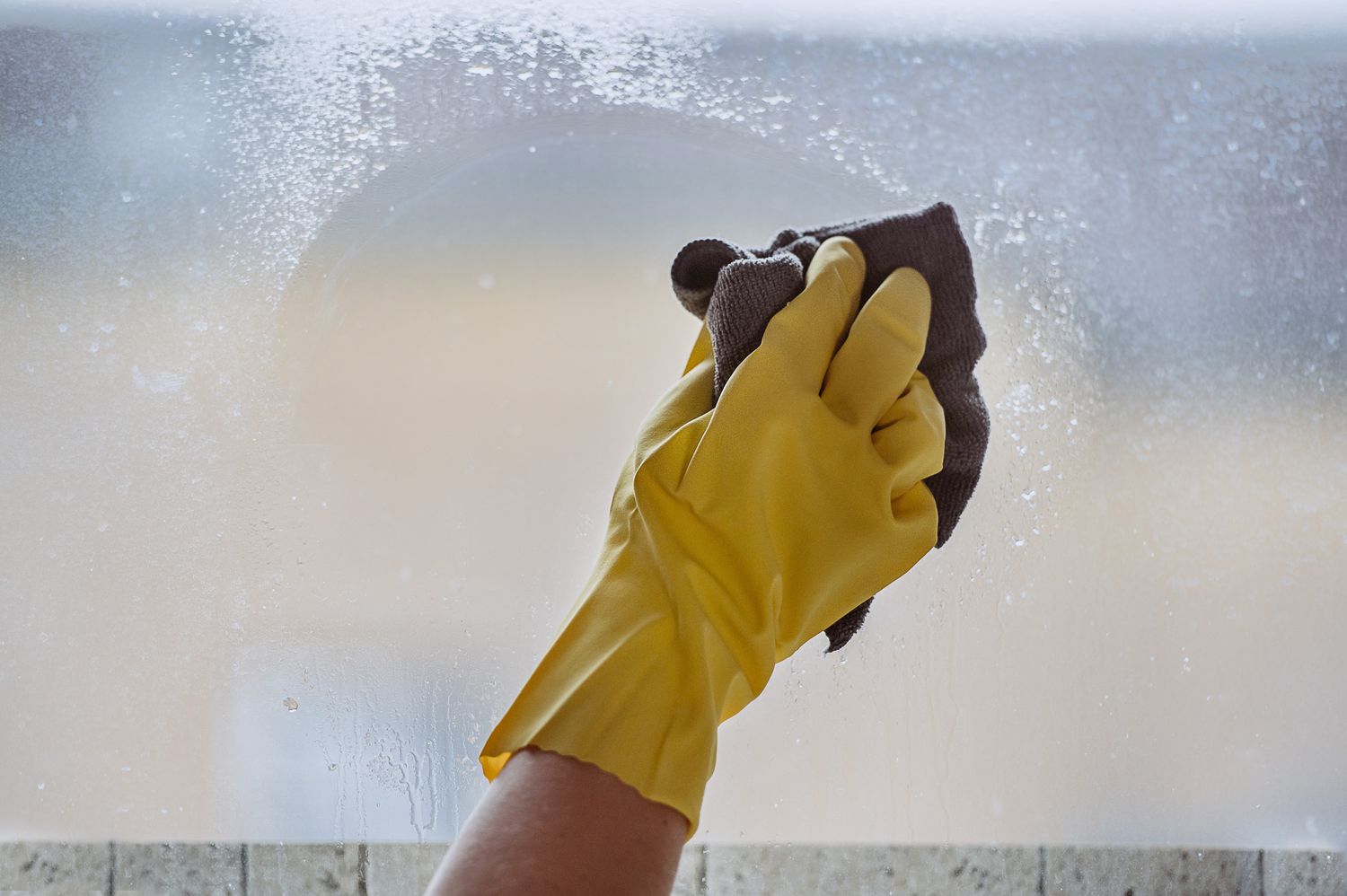
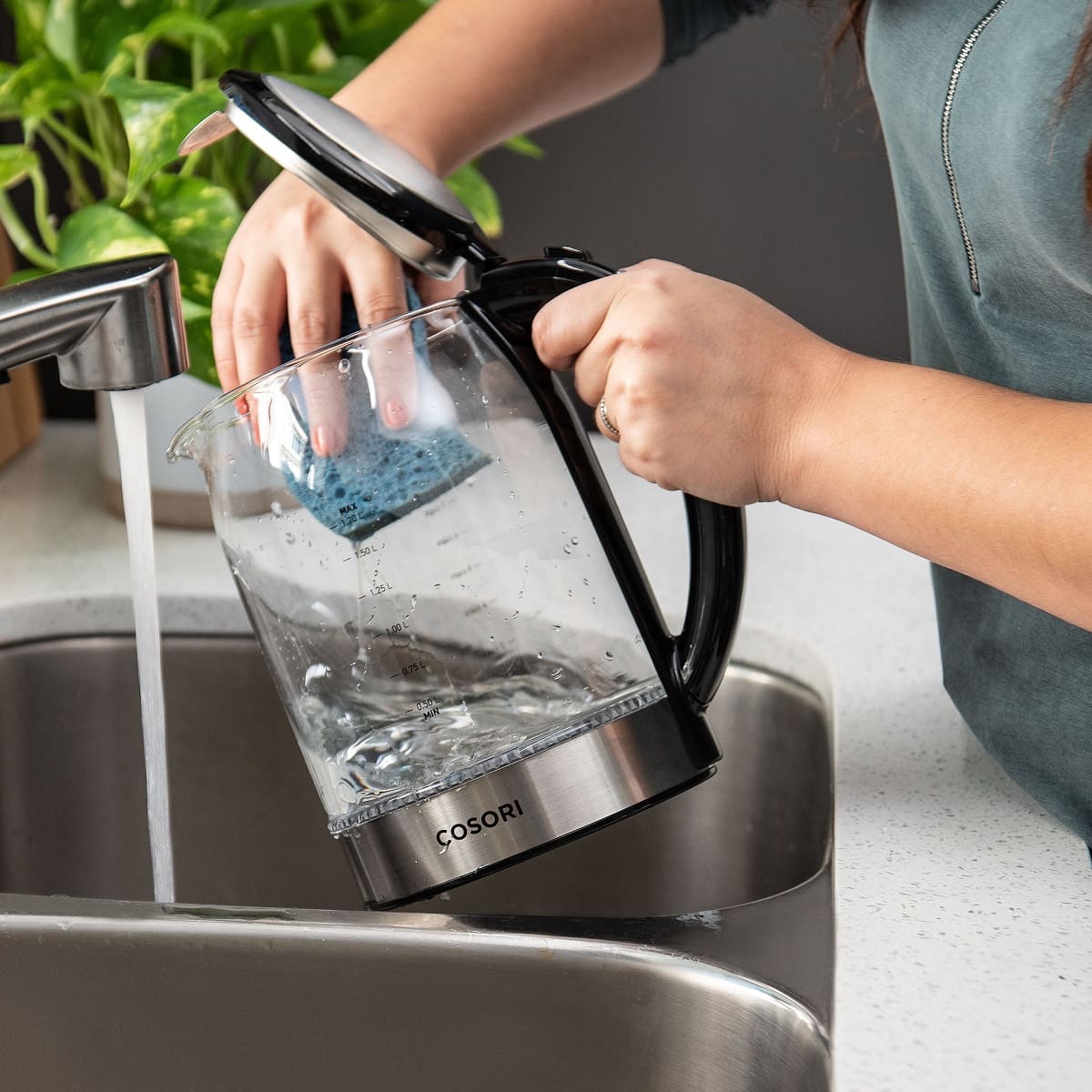
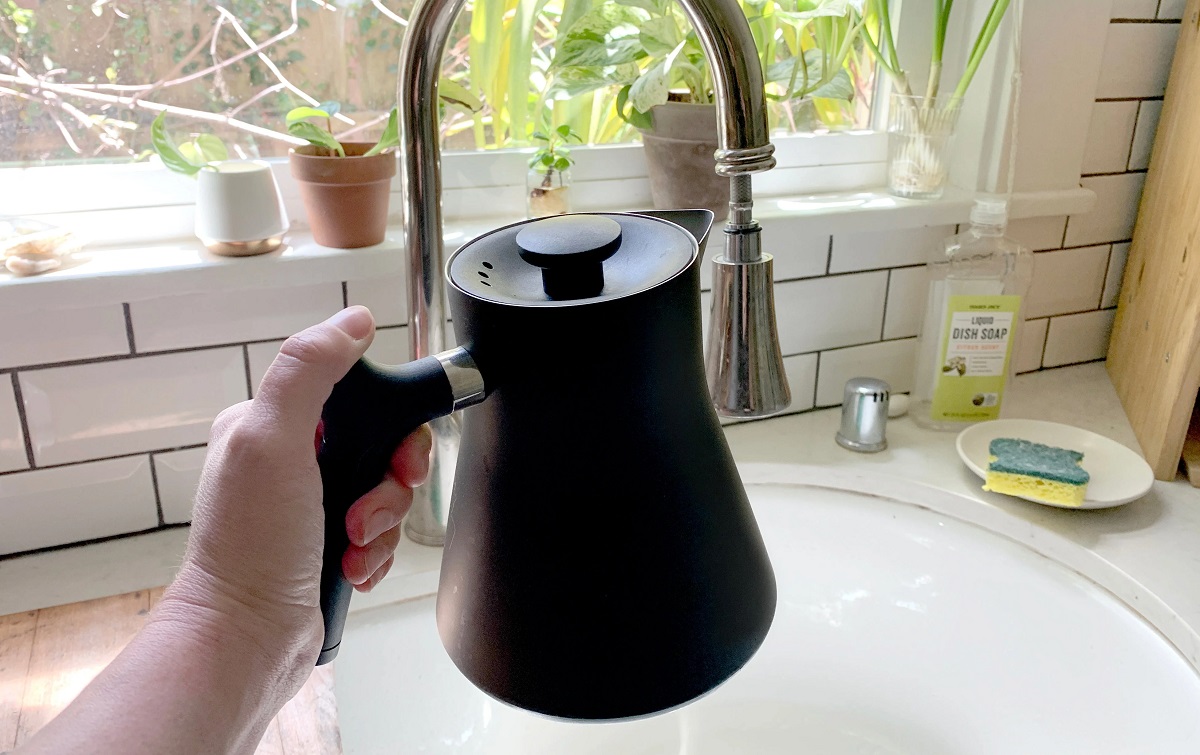
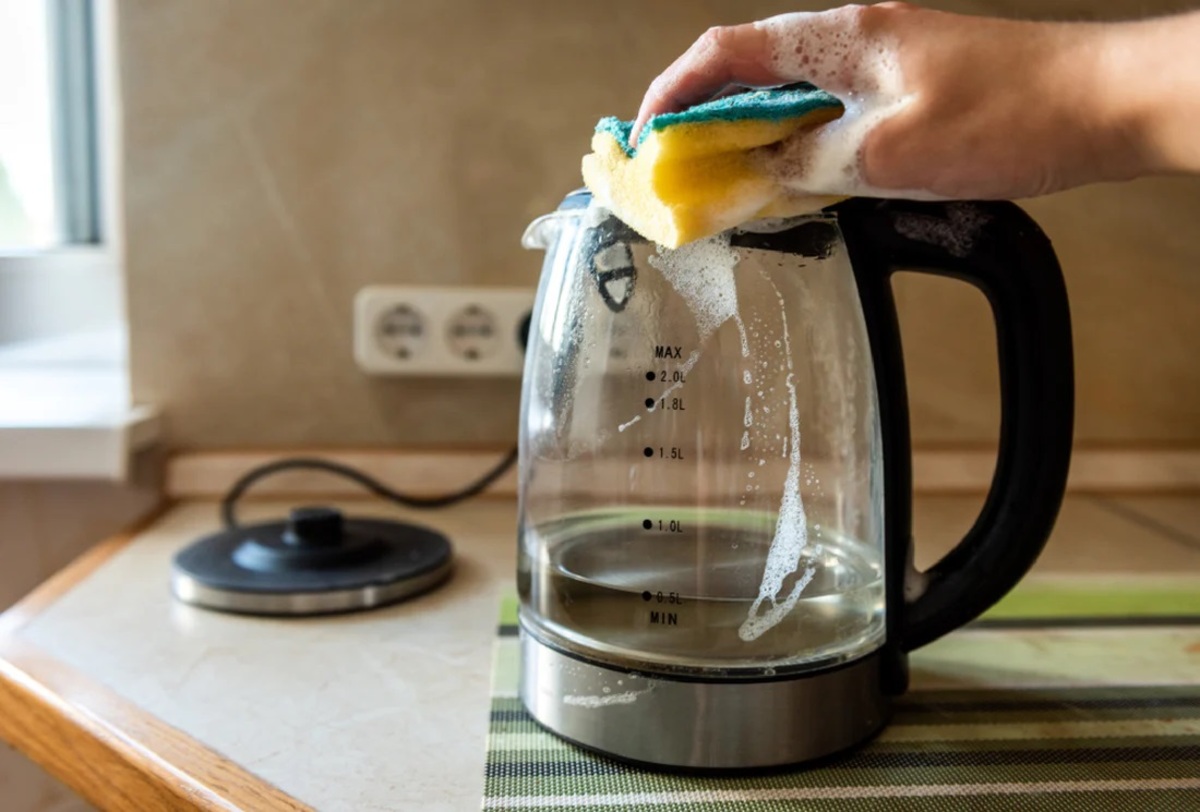
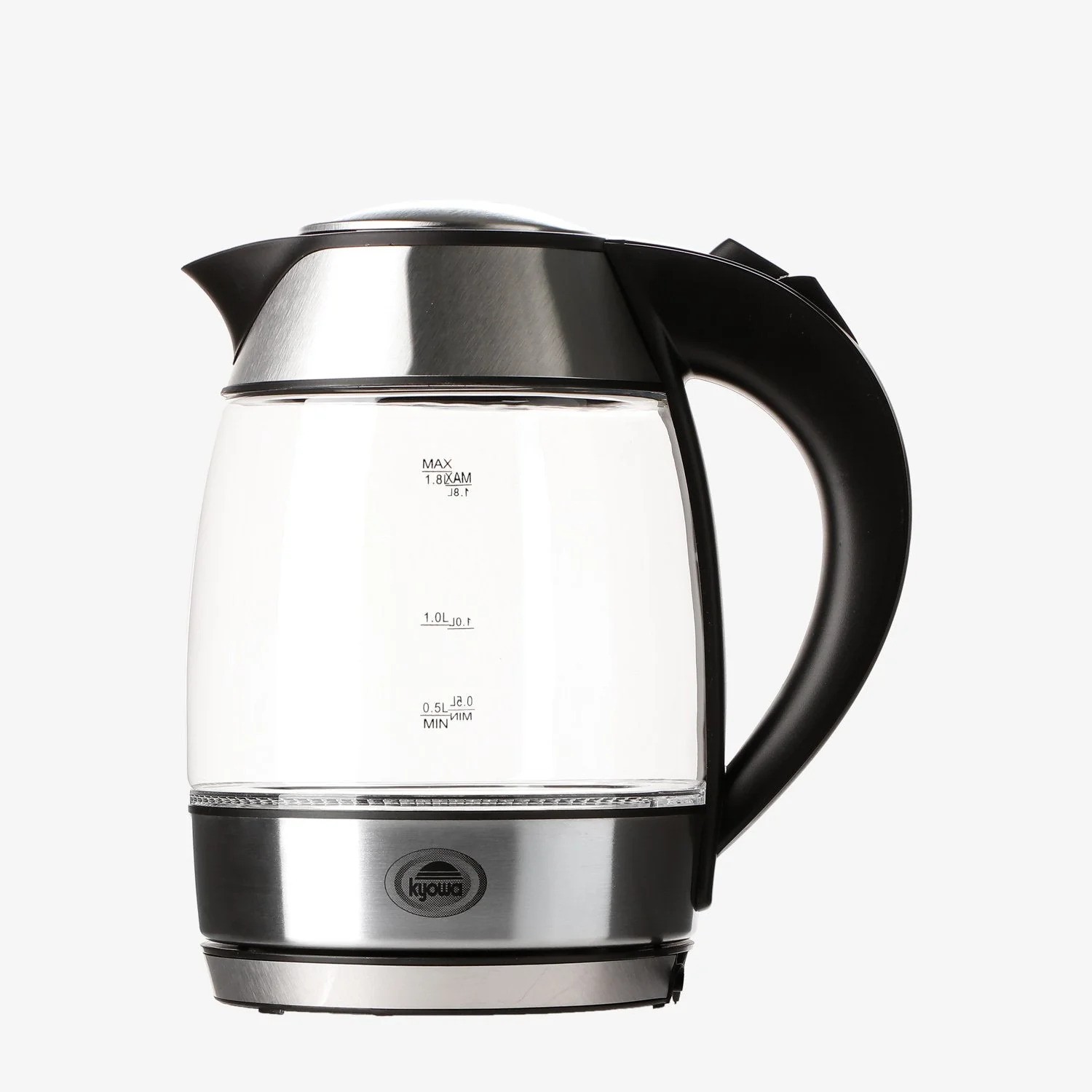
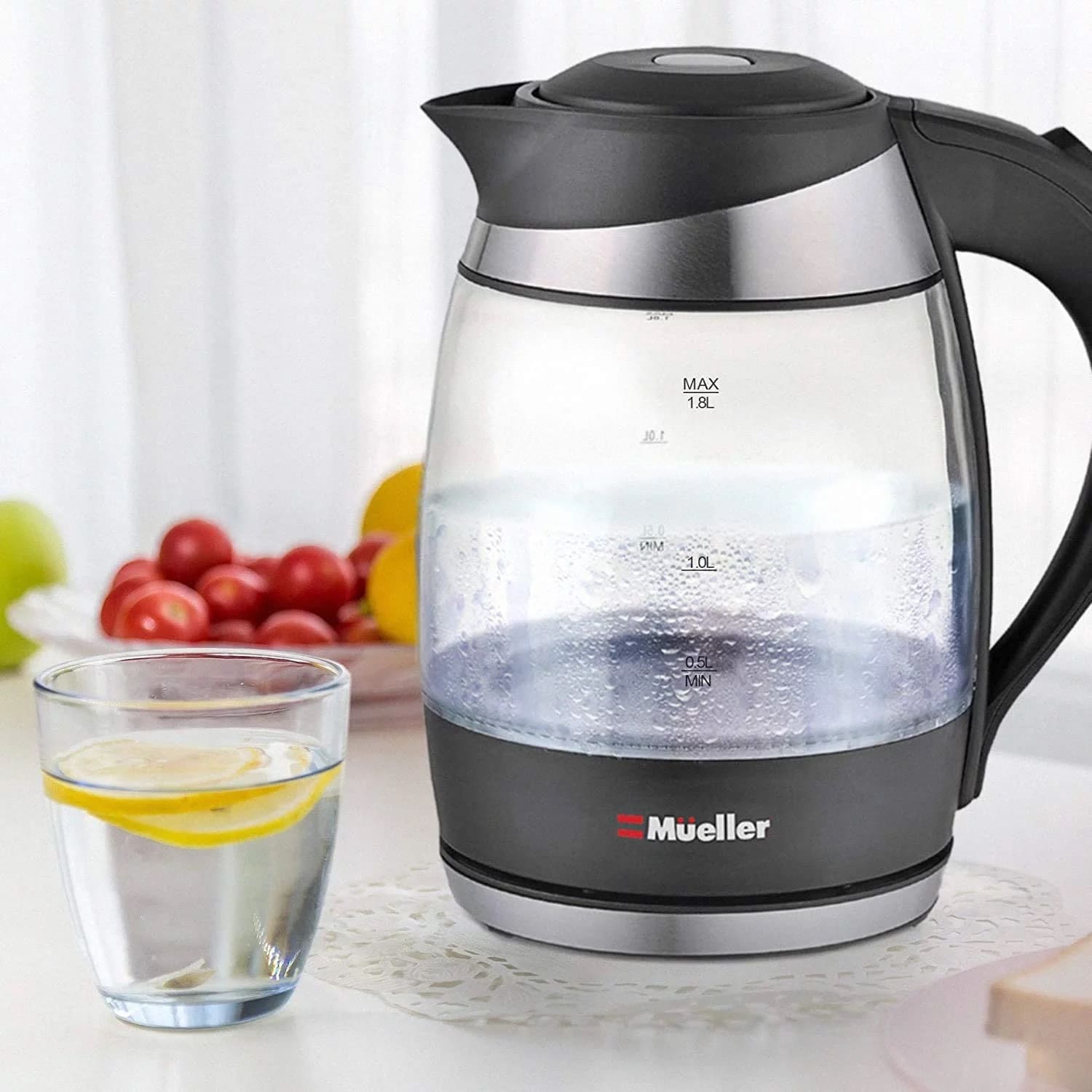
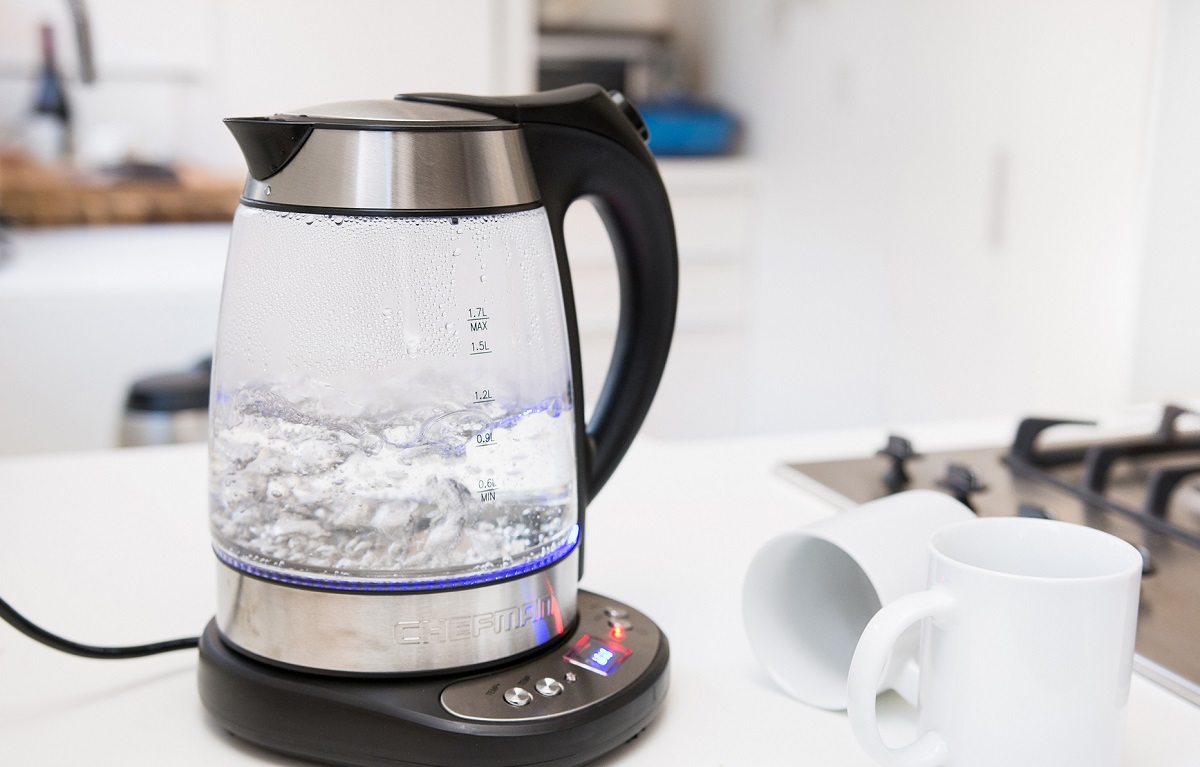
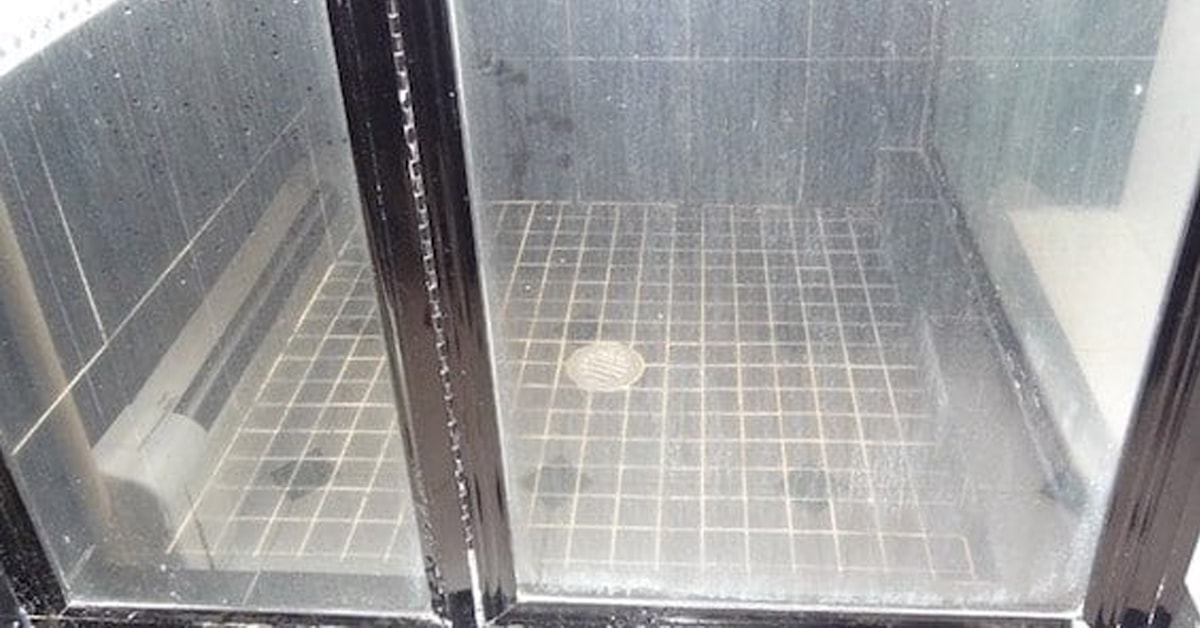

0 thoughts on “How To Clean Hard Water From An Electric Kettle”